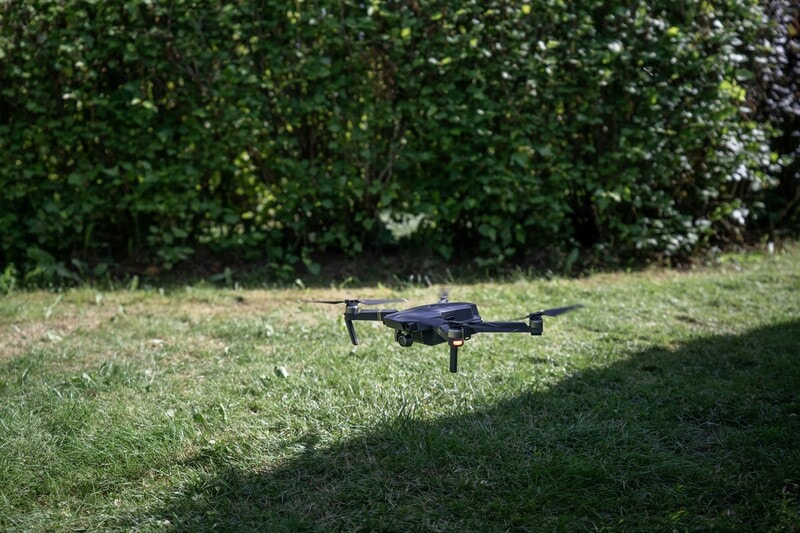As the landscape of transportation evolves, the integration of embodied AI into advanced air mobility (AAM) presents both unprecedented opportunities and significant challenges. The potential for AI-driven systems to enhance flight operations, improve safety, and optimize logistics is immense; however, the responsible implementation of these technologies is crucial. The critical risks associated with embodied AI, such as ethical considerations, regulatory hurdles, and safety concerns, must be addressed to ensure that the benefits of AAM can be realized without compromising public trust or safety. The intersection of AI and aviation is not merely a technological advancement; it is a paradigm shift that necessitates careful navigation of complex socio-technical dynamics. To harness the full potential of embodied AI in AAM, stakeholders must prioritize a framework that emphasizes safety, accountability, and transparency. Key insights suggest that collaboration among technologists, regulators, and industry leaders is essential to develop robust guidelines that govern the deployment of AI in aviation. By fostering an environment of innovation while simultaneously addressing ethical implications, the industry can pave the way for a future where AAM is not only efficient but also socially responsible. The implications of these advancements extend beyond mere transportation; they could redefine urban mobility, reshape economic landscapes, and influence global connectivity in profound ways.









